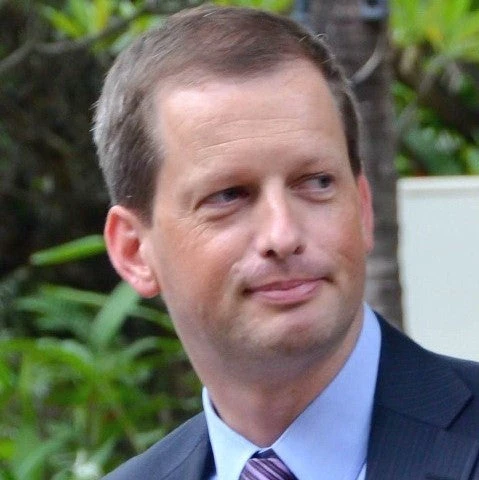 A few weeks ago I wrote that “many perceive NT2 to be a World Bank hydropower project. From my perspective, that’s inaccurate in every respect. More on that in a future posting.” Following intense pressure from my reading public (thanks, Nanda), it’s time to explain what I meant.
A few weeks ago I wrote that “many perceive NT2 to be a World Bank hydropower project. From my perspective, that’s inaccurate in every respect. More on that in a future posting.” Following intense pressure from my reading public (thanks, Nanda), it’s time to explain what I meant.
First, while the World Bank is a strong proponent of NT2, it doesn’t own or implement the project. NT2 is a project of the Government of Lao PDR, involving an innovative public-private partnership of three key private sector companies and a Lao state-owned enterprise. Together, these four partners own the Nam Theun 2 Power Company (NTPC), which has a contract with the Government to build, own, operate and transfer the NT2 hydroelectric power scheme for the next 25 years or so. The project is being financed with around $1.3 billion of largely private sector money: the World Bank Group is  providing risk guarantees that helped establish the private sector confidence to put together this large financing package, as well as a $20 million IDA credit to finance part of the Government’s equity stake in NTPC (which is in turn used to finance some of the social and environmental programs). There are also several other international financial institutions involved in the financing (click on the chart for a larger view).
providing risk guarantees that helped establish the private sector confidence to put together this large financing package, as well as a $20 million IDA credit to finance part of the Government’s equity stake in NTPC (which is in turn used to finance some of the social and environmental programs). There are also several other international financial institutions involved in the financing (click on the chart for a larger view).
Secondly, from the Government and World Bank’s perspective (actually, from the rest of the international financial institutions as well), NT2 is about development, regional integration and poverty reduction. The vast majority of the electricity (1000mw of the 1070mw being generated) is heading straight across the border into Thailand, and will continue to do so for the next few decades. However, over the same time period, around $2 billion will flow in the reverse direction to Government coffers and into pro-poor programs. In addition, NT2 provides a platform for learning about how to develop hydropower in a sustainable manner – vital in a country with so much hydropower development potential.
Thirdly, NT2 is more than a project; it’s a program. At the program’s heart there is undoubtedly a sustainable hydropower project, but there are two additional elements that make it more program than project: a set of revenue management arrangements designed to help government ensure the revenues have real developmental impacts; and a range of complementary activities and projects that aim to strengthen national capacity to better manage hydropower developments.
In time we’ll invite some of the people who are working on some of the other elements of this broader program to blog a bit on how things are going.


Join the Conversation